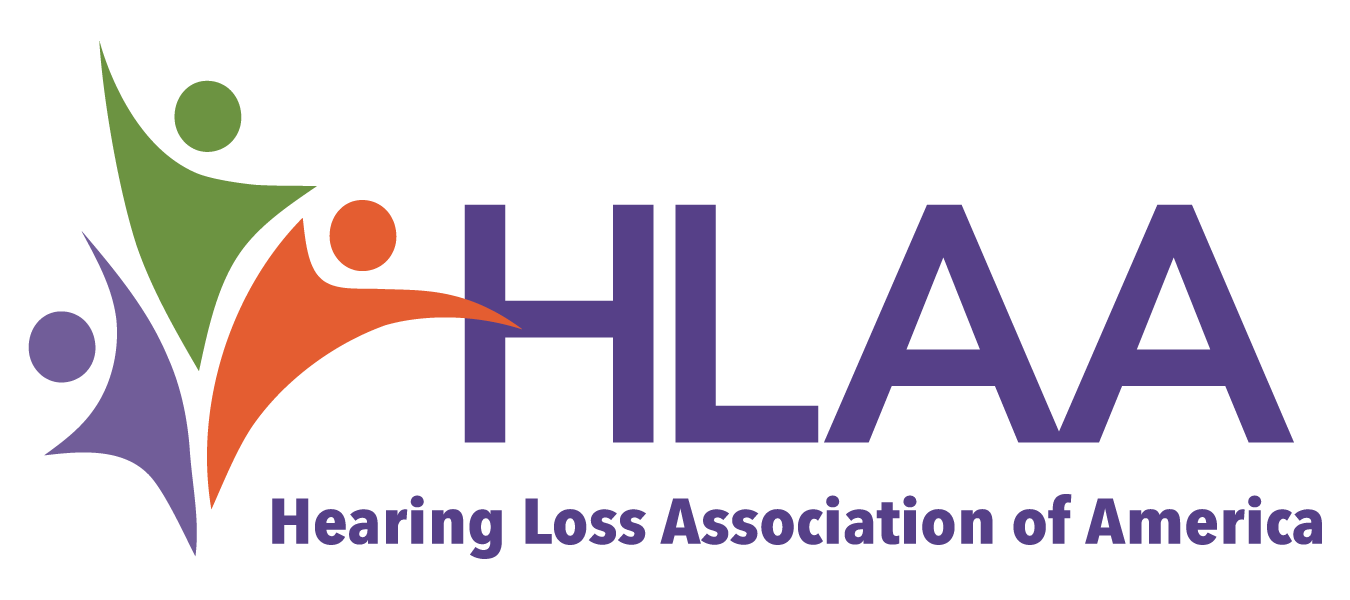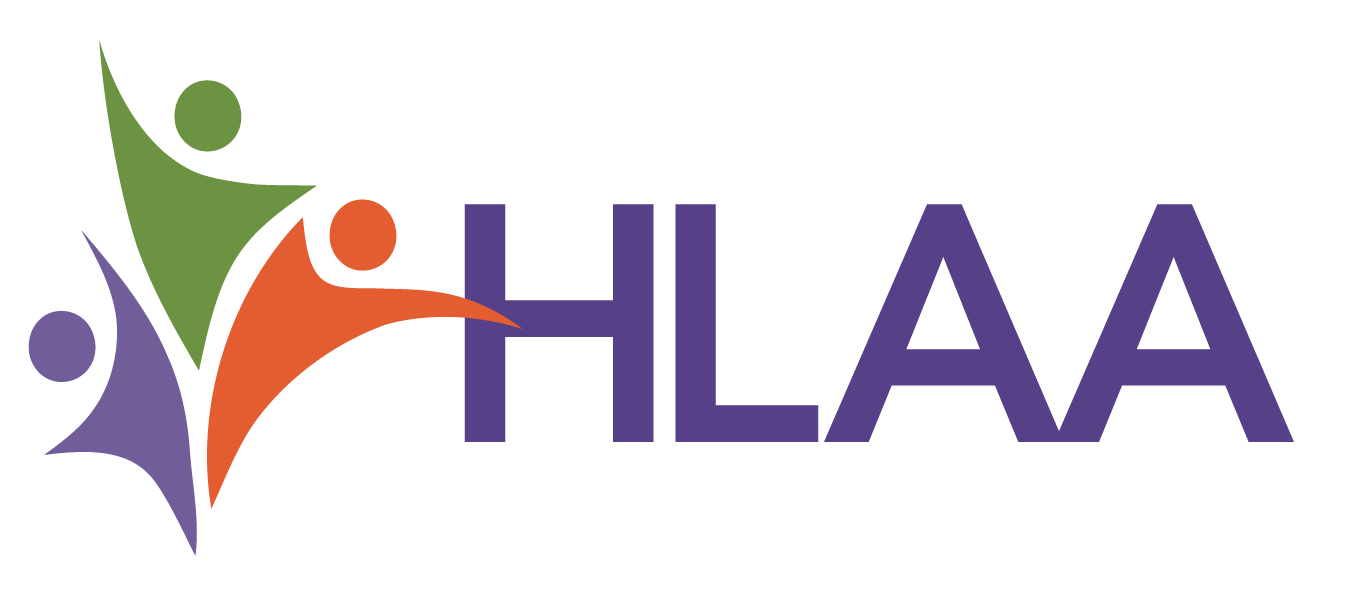Are you in the workforce? Are you looking for a job?
Looking for work, landing a job, and keeping your job can be difficult under the best of circumstances, but it can seem to be minefield if you have a hearing loss. There are ways to be successful at the workplace with a hearing loss. But you need the right tools, do your homework, find out what’s right for you and for your employer, and find ways to successfully advocate for yourself.
You May Need an Employment Toolkit
Anyone who has any degree of hearing loss deals with a number of unknown issues and faces many anxieties when it comes to finding a job or being successful on the job.
HLAA has developed an Employment Toolkit to provide information about the workplace for people with hearing loss. If you have a success story you’d like to send in, contact us. We want to share good experiences so that others can be encouraged that they too will be successful in the workplace.
The Hearing Loss Association of America Employment Toolkit was produced with generous support of the HLAA New York City Chapter.
Go to the Employment Toolkit page.
Technology in the Workplace Video
 Hearing loss often occurs gradually, and over the course of your career you eventually realize you aren’t hearing as well in large group meetings or on conference calls. Hearing assistive technology (HAT) can be the answer by providing the accommodations you need to do your job effectively. The video is produced by the Hearing Loss Association of America and made possible by a grant from the Consumer Technology Association Foundation.
Hearing loss often occurs gradually, and over the course of your career you eventually realize you aren’t hearing as well in large group meetings or on conference calls. Hearing assistive technology (HAT) can be the answer by providing the accommodations you need to do your job effectively. The video is produced by the Hearing Loss Association of America and made possible by a grant from the Consumer Technology Association Foundation.
See more videos on Hearing Assistive Technology.
Common Questions about the Workplace
I am about to lose my job because of my hearing loss, what do I do?
Please check out the following resources:
- Vocational Rehabilitation – Contact your state’s office of Vocational Rehabilitation for help with keeping or getting a job. See the State Agencies page for a list of state offices.
- National Council on Independent Living
Are there any laws that help me get accommodation or prevent discrimination in the workplace based on disability?
Yes. The Americans with Disabilities Act (ADA) and other federal laws that have provisions covering the workplace. The ADA, Title 1, requires employers to make reasonable accommodations to the known disability of a qualified applicant or employee, unless such accommodation would impose an undue hardship on the employer. Reasonable accommodations include a wide variety of actions – making worksites accessible, modifying existing equipment providing new devices, modifying work schedules, restructuring jobs, reassigning an employee to a vacant position, and providing readers or interpreters.
Untreated Hearing Loss in the Workplace
In addition to its effect on psychosocial status and interpersonal communication, a hearing loss may also influence a person’s employment status. Most jobs require some degree of interactive verbal communication; one must be able to communicate effectively with co-workers, the public, and most important, one’s supervisors. Any hindrance in that ability may interfere with the efficiency and accuracy of these communication exchanges and thus affect how well a job is performed. This, in turn, may well influence the compensation that a person receives for the job he or she is doing. It can, for example, help determine how much people with hearing loss are paid for a job or, indeed, whether they have a job at all.
One basic finding of the MarkeTrak VIII Survey was the observation that employment income is related to the degree of hearing loss. While people with the mildest hearing losses show little or no drop in income compared to their normal hearing peers, as hearing loss increases, so does the reduction in compensation.
Read: The Effects of Untreated Hearing Loss on Workplace Compensation by Mark Ross, Ph.D.
Employment Resources
Government Job Opportunities
- Federal Jobs Network lets you know that people with disabilities can apply through Schedule A. What is schedule A? How do I apply? Find answers here.
- USAJOBS is provided at no cost and offers information on thousands of U.S. government job opportunities worldwide.
- Federal Employment of People with Disabilities is provided by the U.S. Office of Personnel Management
- Disability.Gov
It’s the Law – Resources Regarding the ADA and More
- U.S. Equal Employment Opportunity Commission (EEOC) is responsible for enforcing federal laws that make it illegal to discriminate against a job applicant or an employee because of the person’s race, color, religion, sex (including pregnancy), national origin, age (40 or older), disability or genetic information. It is also illegal to discriminate against a person because the person complained about discrimination, filed a charge of discrimination, or participated in an employment discrimination investigation or lawsuit. Most employers with at least 15 employees are covered by EEOC laws (20 employees in age discrimination cases). Most labor unions and employment agencies are also covered.
The laws apply to all types of work situations, including hiring, firing, promotions, harassment, training, wages, and benefits.
-
U.S. Department of Justice (DOJ), Civil Rights Division: information and technical assistance on the ADA.
-
Office of Disability Employment Policy (ODEP) was authorized by Congress in the Department of Labor’s (DOL) FY 2001 appropriation. Recognizing the need for a national policy to ensure that people with disabilities are fully integrated into the 21st Century workforce, the Secretary of Labor delegated authority and assigned responsibility to the Assistant Secretary for Disability Employment Policy. ODEP is a sub-cabinet level policy agency in the Department of Labor.
National Job Search Websites
- Getting Hired.Com – Connecting employees with disabilities to employers
- Job Opportunities for Individuals with Disabilities
- Job Opportunities for Disabled American Veterans
- Monster Board Job Search
- College and University Jobs
- Career Builder
Job-Search Advice
- Getting a Job! Tools/Techniques/Trainings – this online training was developed and designed for students who are deaf or hard of hearing and the professionals who work with them. Focusing on the transition from school to work, the training offers a series of activities, supporting documents and topical videos designed to help the job seeker prepare for the world of work. All the videos in the modules are presented in ASL, and are also voiced in English and captioned.
- Free Resume Templates and Samples in Microsoft Word Format
Accommodations in the Workplace for People with Hearing Loss
- Job Accommodations Network – 800.526.7234 Voice
- U.S. Department of Labor/OSHA – Guidelines for workers with hearing loss
Tax Incentives for Employers who Hire People with Disabilities
- Disabled Access Tax Credit (Title 26, Internal Revenue Code, Section 44)
- Targeted Jobs Tax Credit (Section 51, IRS Code)
- Architectural and Transportation Barrier Removal Tax Deduction (Section 190, IRS Code)
Vocational Rehabilitation
The United States government operates an extensive vocational rehabilitation (VR) program that provides a wide range of services and job training to people with disabilities who want to work. To be eligible for VR services, a person must have a physical or mental impairment that is a substantial impediment to employment; be able to benefit from VR services in terms of employment; and require VR services to prepare for, enter, engage in, or retain employment. Priority is given to people with the most severe disabilities. See the State Agencies page for additional information.
The Job Accommodation Network (JAN) has a lot of resources for job seekers and employees as well as employers. JAN also helps folks through one-on-one technical assistance and has multiple ways to contact them listed on their website askjan.org.

